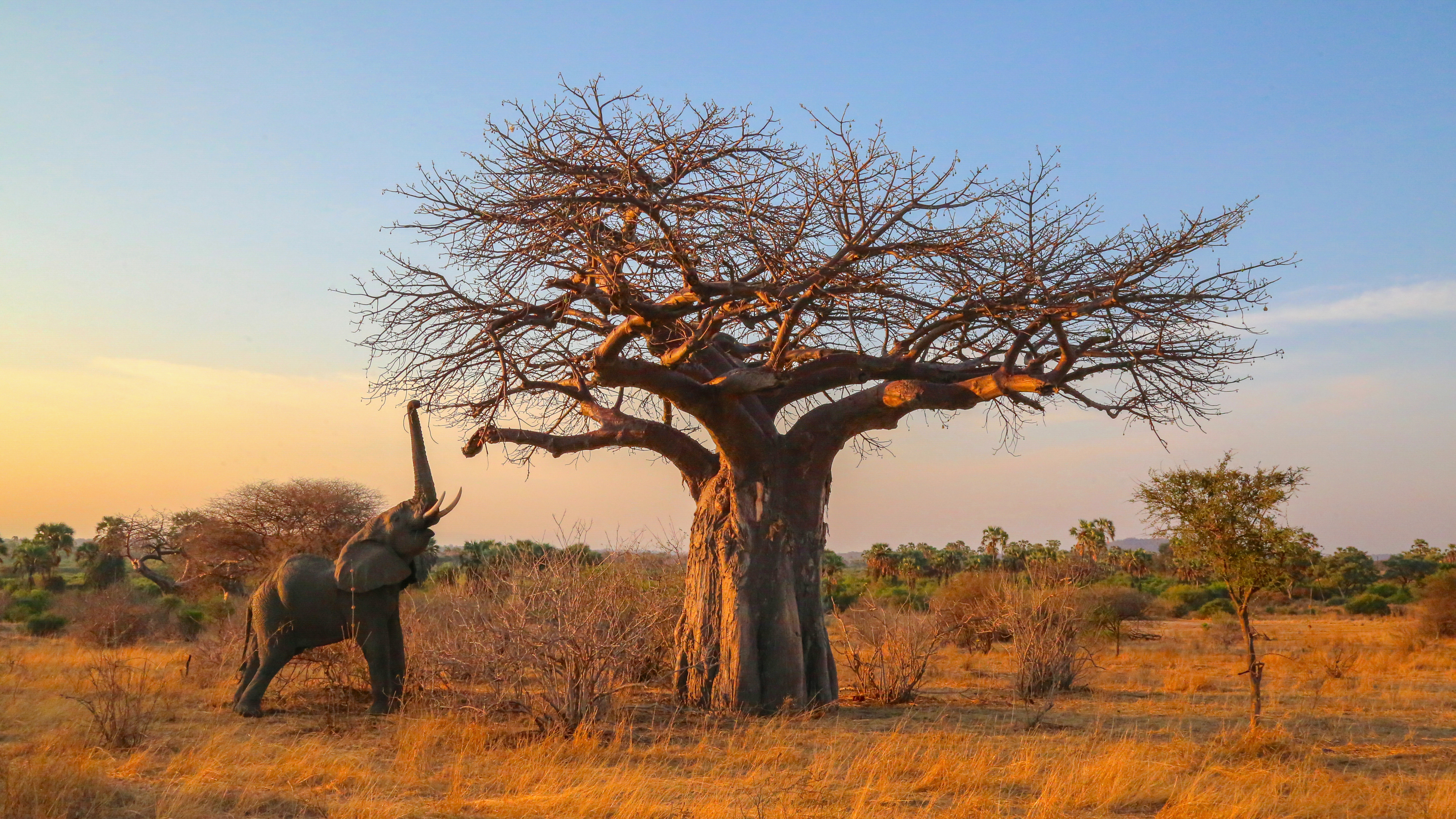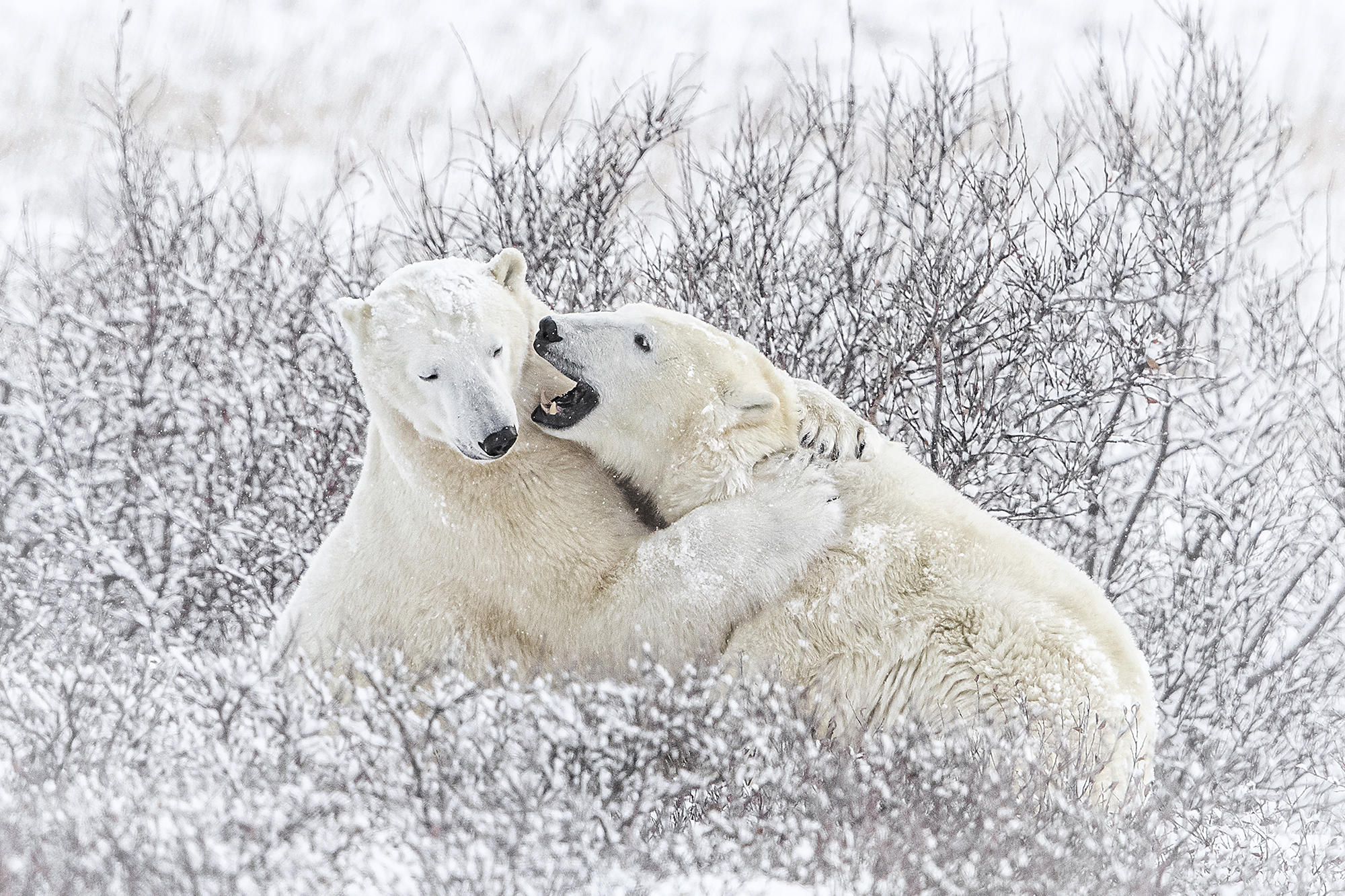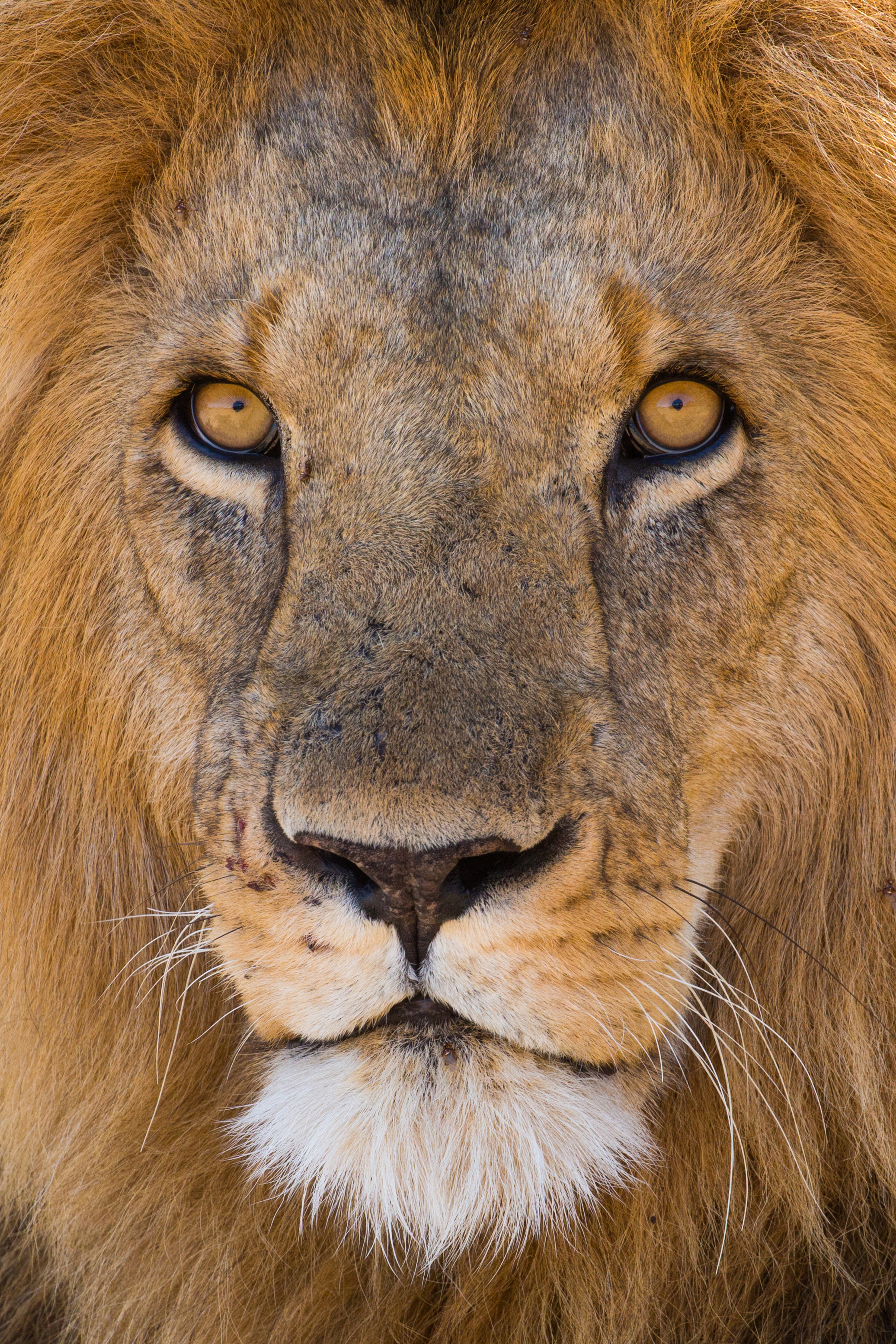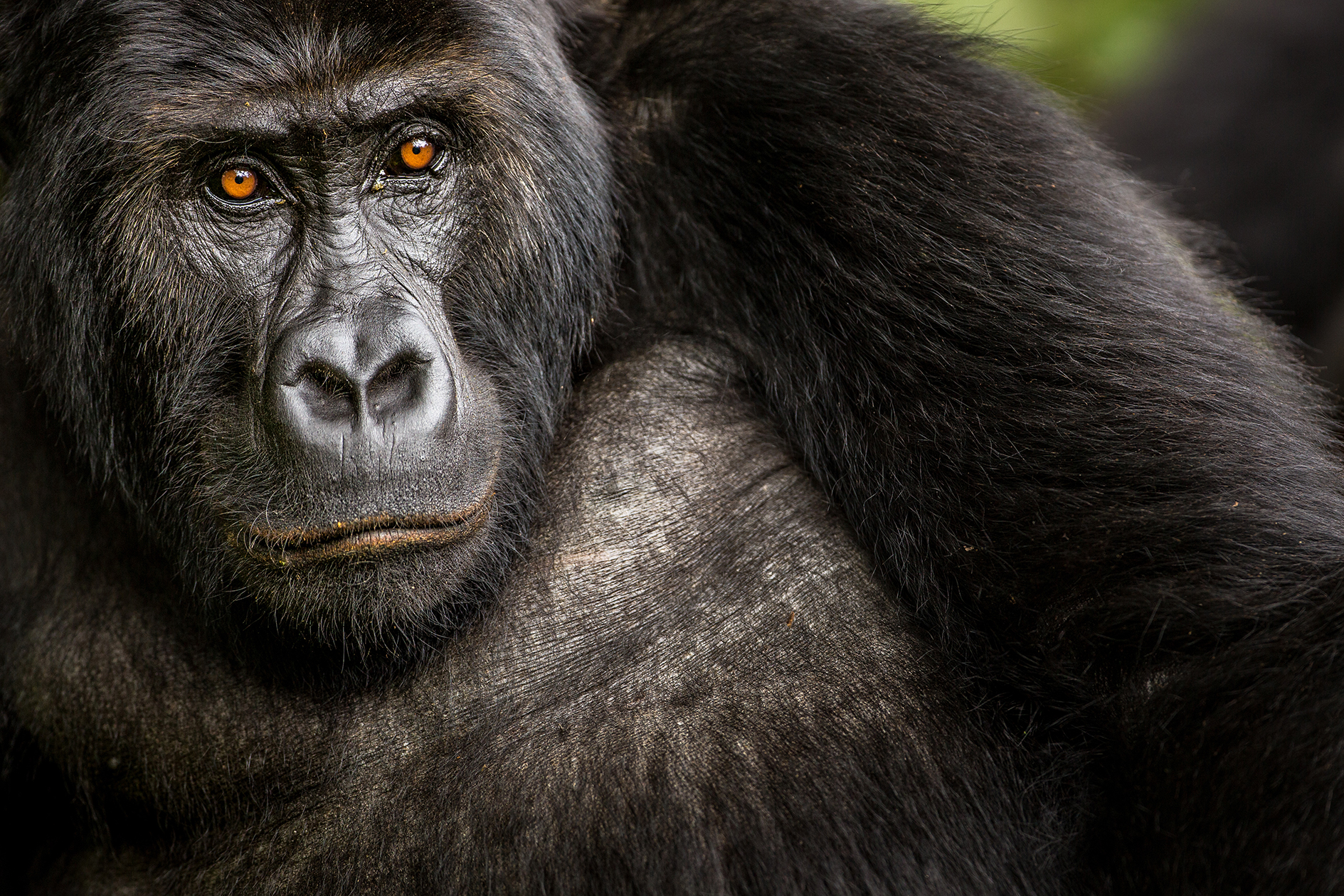Wildlife photographers around the world rally for a 'New Big 5'
Wildlife-loving photographers from around the world create a brand ‘New Big 5’ of animals

Graeme Green is a British wildlife photographer and conservationist who, for the past three years, has been working with over 250 wildlife photographers and various charities across the globe to create a ‘New Big 5’. The idea is to change the stigma around the ‘big five’ associated with hunting lions, leopard, rhinoceros, elephant and Cape buffalo in Africa and instead create a new big five for photographers.
He tells us: “It’s our way of celebrating the amazing wildlife across the globe and photography is a powerful conservation tool too, exposing the brutal realities of animal cruelty, deforestation and habitat loss.
"When I started this project I wanted to create an inspiring new bucket list for travelers, wildlife lovers and photographers to see in their lifetime. Tourism funds many of the world’s conservation projects and the New Big 5 encourages travelers to visit the countries where these five animals live to support conservation efforts, learn about them and the threats they face.”
“We worked with 250 photographers and put out a vote for what species should be included in our New Big 5. The results were: elephant, tiger, gorilla, polar bear and lion. They’re some of the most charismatic and popular animals on the planet, but they’re only the tip of the iceberg.”

“Hopefully our five animals can be ambassadors for all the world’s wildlife. From bees to blue whales, every creature is crucial to the balance of nature, to healthy ecosystems and to the future of earth.”
The Big 5 term is still used in part of Africa, but many safari owners have banned staff from using it because it’s rooted in hunting, which wiped out the animals that they’re trying to protect. TV presenter and conservationist Chris Packham says: “For any photographers and wildlife lovers who want something else, here it is. It’s the perfect way to instigate a transition between something which is no longer ethically, morally or scientifically acceptable, and transforming people’s passion from something which is dead to something which is alive. If hunters were all shooting with cameras, that would be significant progress.”

My close-up photo (above) is one of my favourite lion photos I’ve taken. It’s from Mara Naboisho Conservancy in Kenya. When taking an animal portrait, like this, I focus on the eyes. It’s useful to not use too small a depth of field, as that can mean the eyes are in focus but the nose or muzzle isn’t. Shooting at f/10 creates a bit more depth of field so everything you want in the face to be in focus is. I also had to get down low, lying flat on the back of the vehicle with a compartment opened, to get as close to eye level as possible, which works much better than looking down on an animal’s head.
The best camera deals, reviews, product advice, and unmissable photography news, direct to your inbox!

For the elephant, I went wider using a 24-105mm lens for this photo. It’s a really versatile lens that I find works in a lot of different situations for wildlife and travel photography, both getting in close to a subject and opening out for wider scenes. With wildlife, a lot of people shoot as close in on the animal as possible, but there’s a lot to be said for composing wider and setting the animal in their landscape – in this case a quiet moment, just a lone elephant in Ruaha National Park, Tanzania, reaching for high leaves on a baobab tree.

Graeme went on to say, “Hopefully, the New Big 5 can be a small part in a transition to a future without trophy hunting. Yet I’m aware there are far greater threats to the world’s wildlife, including habitat loss, the illegal wildlife trade and climate change. The real mission is to use this New Big 5 idea to get people talking about wildlife. Change is possible if we all play our part. South Africa recently banned canned lion hunts after years of campaigning. The New Big 5 project has worked to highlight solutions, from bright ideas to conservancies, from cutting edge technology to re-wilding.”
Check out more images on his Instagram, or find out more about the New Big 5 project on his website.
PhotoPlus: The Canon Magazine is the world's only monthly newsstand title that's 100% devoted to Canon, so you can be sure the magazine is completely relevant to your system. Every issue comes with downloadable video tutorials too.
Read more:
Best lens for street portraits
Best camera for portraits
Photography tips
Canon EOS R5 review

In addition to being a freelance photographer and filmmaker, Dan is a bona fide expert on all things Canon and Adobe. Not only is he an Adobe-certified Photoshop guru, he's spent over 10 years writing for specialist magazines including stints as the Deputy Editor for PhotoPlus: The Canon Magazine, Technical Editor for Practical Photography and Photoshop Editor on Digital Photo.


